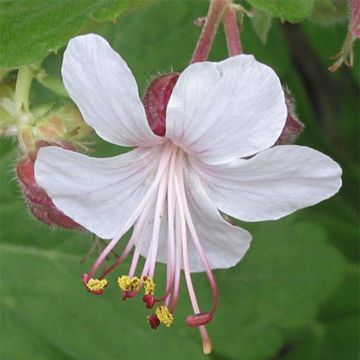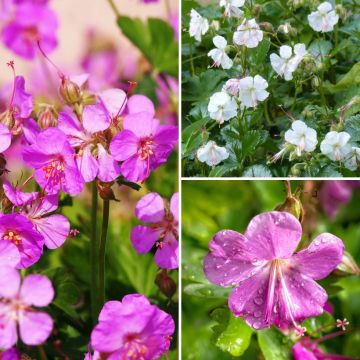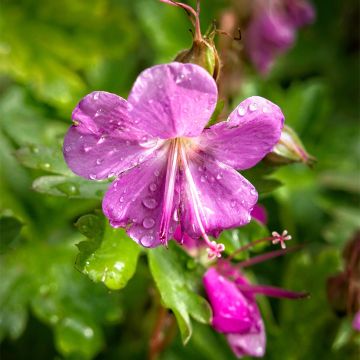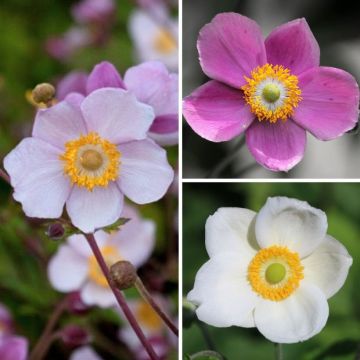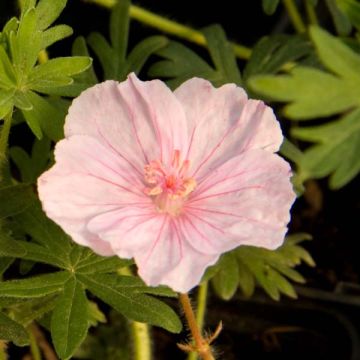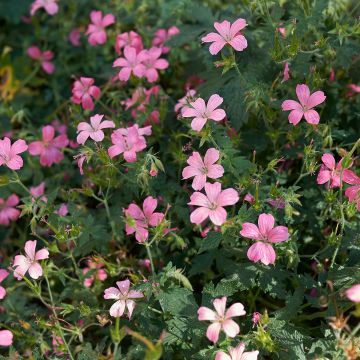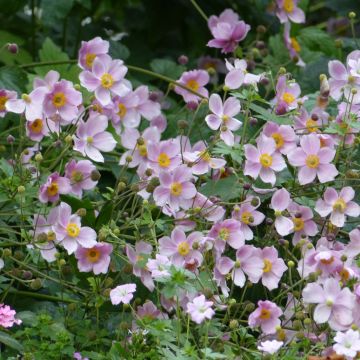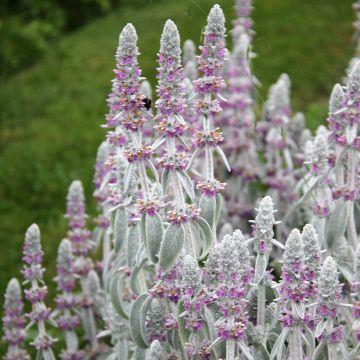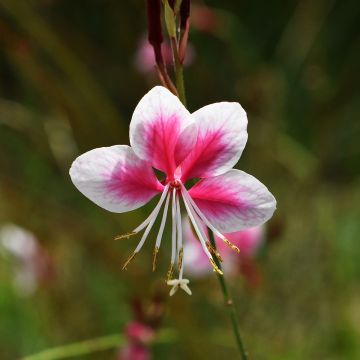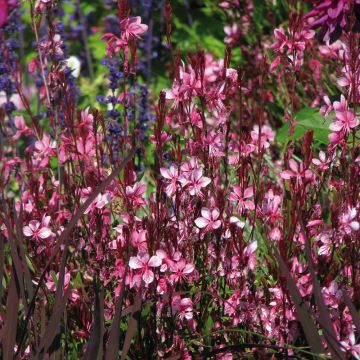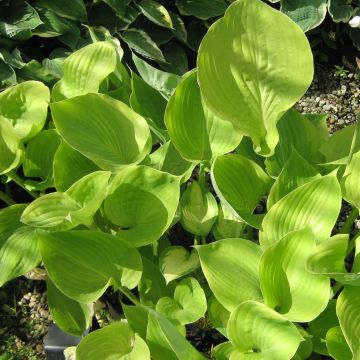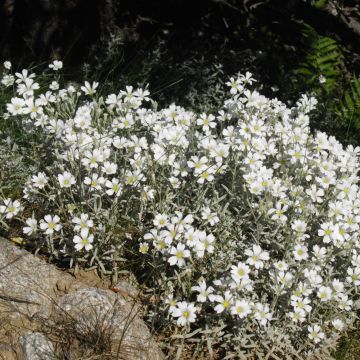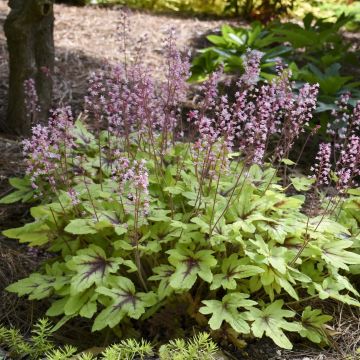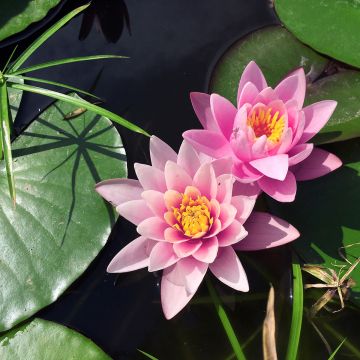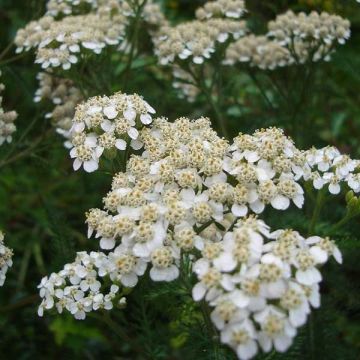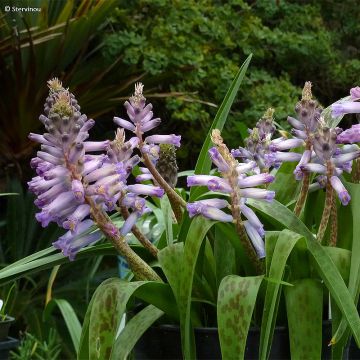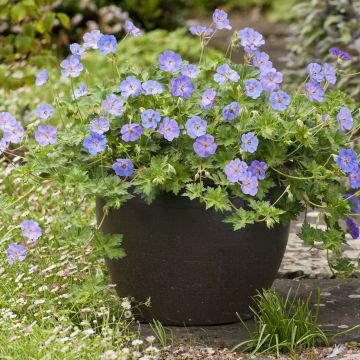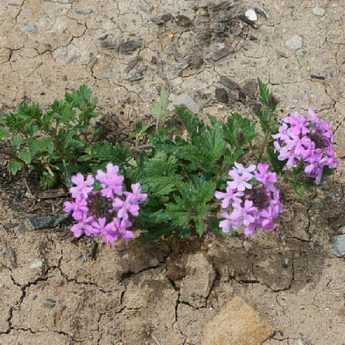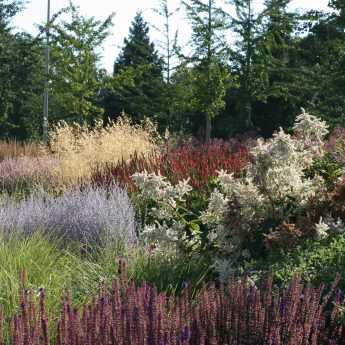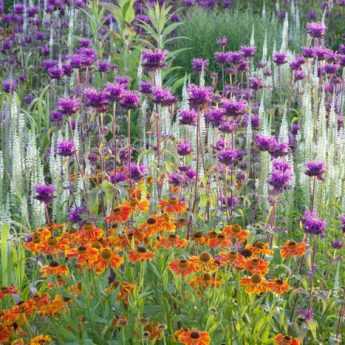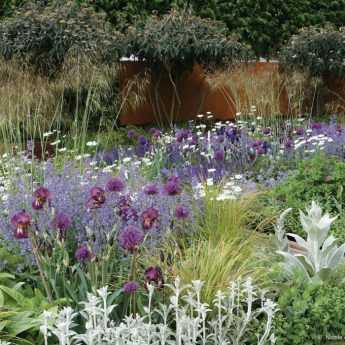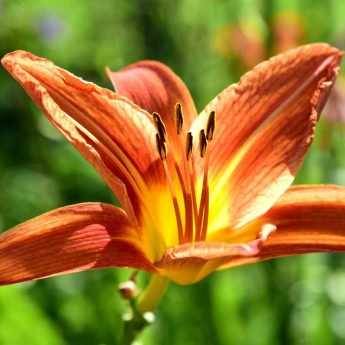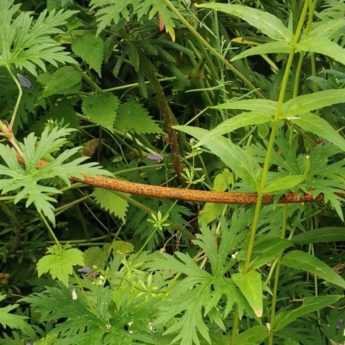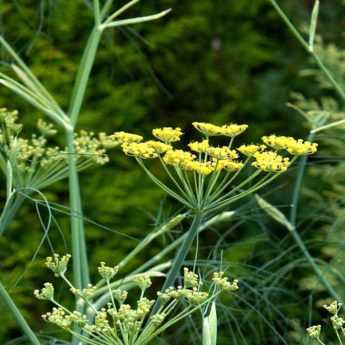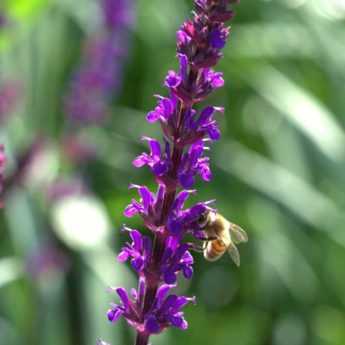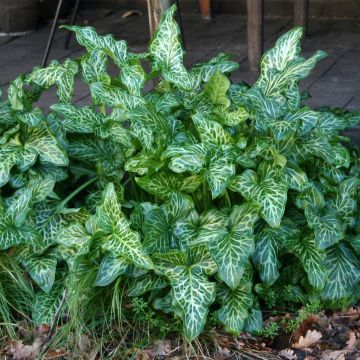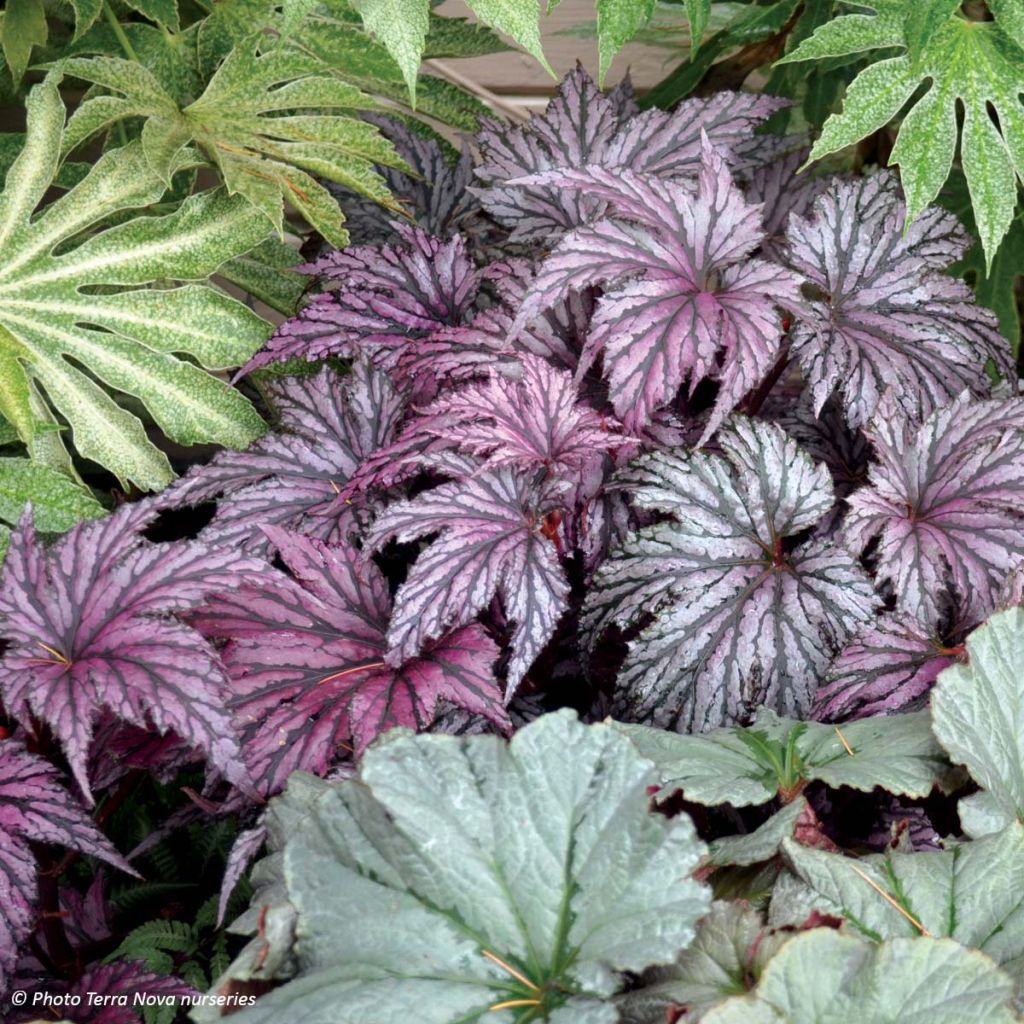

Begonia Garden Angel Plum
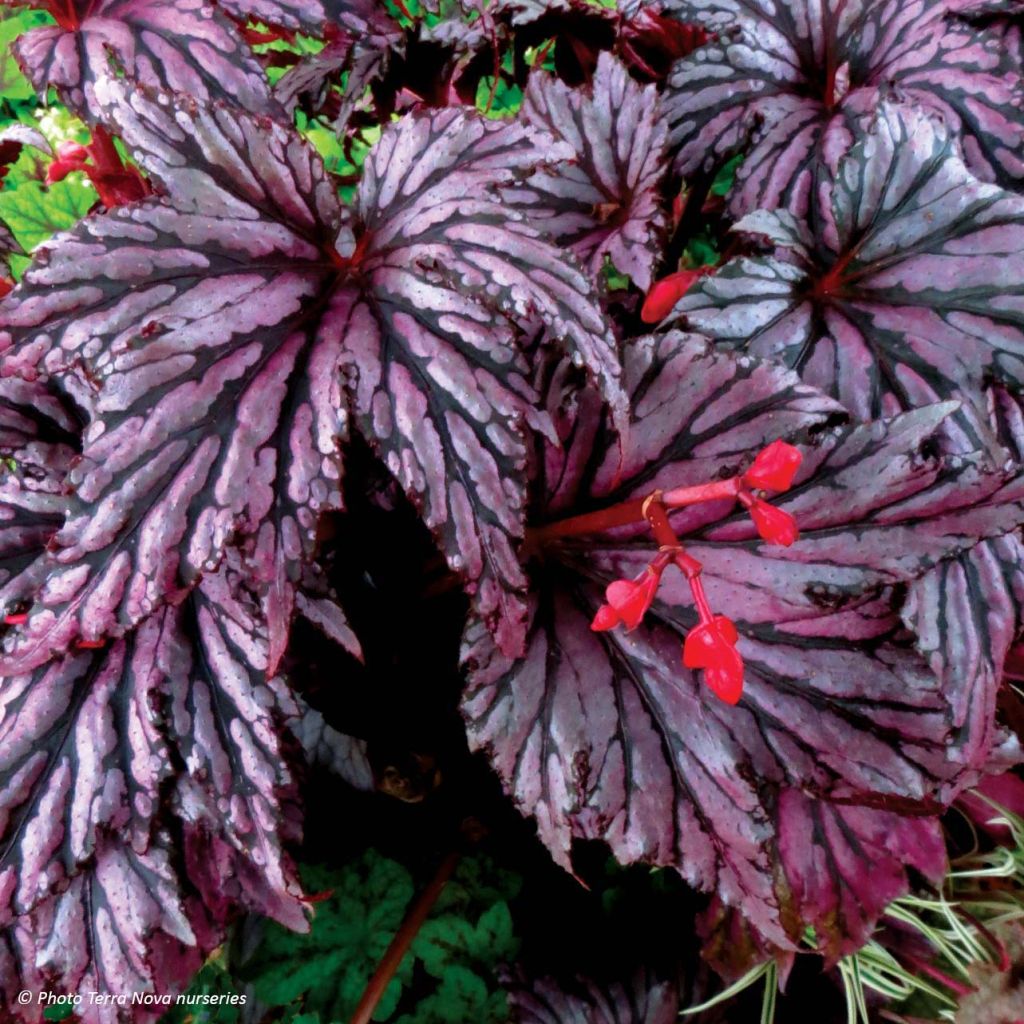

Begonia Garden Angel Plum


Begonia Garden Angel Plum
Begonia Garden Angel Plum
Begonia Garden Angel Plum
Bégonia hybride
bof bof plante arrivée avec tiges extrèmement molles , plantée en pot n'est pas reparue au printemps. j'ajoute que les deux autres bégonias ne font guère mieux, ils ont à peine poussé. je suis rès déçue.
Juliette, 03/07/2019
Craquez pour d'autres variétés similaires en stock
Voir tout →Garantie de reprise de 12 mois sur cette plante
Plus d'infos
Nous garantissons la qualité de nos plantes durant un cycle végétatif complet.
Nous remplaçons à nos frais toute plante n'ayant pas repris dans des conditions climatiques et de plantation normales.
A partir de 7,90 € pour une livraison en relais et 6,90 € pour une livraison à domicile
Livraison express à domicile en 24-48h: 8,90 €.
Cette plante est-elle adaptée à mon jardin ?
Je crée mon profil Plantfit →
Description
Le Begonia Garden Angel Plum est un merveilleux bégonia vivace, le plus grand de la série 'Garden Angel'. Cette plante est spectaculaire, pas seulement par le coloris changeant et multicolore de son feuillage, mais aussi en raison de sa rusticité étonnante qui lui permet de résister à des gelées de l'ordre de -10 à -12°C si sa souche est bien protégée. Il se comporte comme une vivace, persistant en climat doux mais repartant de souche en milieu de printemps s'il gèle trop fort. Son feuillage est particulièrement ornemental: palmé, d'un gris-rose veiné de pourpre foncé et glacé d'argent, il s'orne en été de petites fleurs rose-rouge très coquettes. Cette plante extraordinaire apporte une note fortement exotique dans les vasques, les bacs ou de grandes suspensions. Au jardin, elle accompagnera les hostas, les fougères et toutes les vivaces d'ombre fraîche.
Le Begonia 'Garden Angel Plum' fait partie d'une série d'hybrides très récente, joliment baptisée Garden Angel, développée au U.S.A à partir de bégonias naturellement résistants au foid, tels que le Begonia grandis subsp.evansiana et le B.chuyunshanensis. Il s'agit d'une plante herbacée vivace par sa souche, appartenant à la famille des bégoniacées.
'Garden Angel Plum' possède des tiges charnues qui développent des feuilles fortement palmées, un peu comme celles des érables. Elles sont épaisses, coriaces, divisées en 5 à 6 lobes profondément dentés. Chez 'Plum', leur coloris est un mélange de teintes cendrées, roses, violacées, avec des veines d'un pourpre très foncé et des reflets d'étain ou d'argent. En fonction de l'âge de la feuilles et de la température, le coloris évolue. Cette plante vigoureuse, presque arbustive pour un bégonia, atteindra rapidement 60 cm de hauteur pour 50 cm de diamètre. Apparaissant au mois d'août-septembre, ses petites fleurs sont simples, rose foncé, sans fioritures mais très fraîches. Elles sont portées par des pédoncules retombants.
Ce Bégonia est idéal pour la pleine terre, en compagnie de plantes d'ombre fraîche: hostas, fougères, Impatiens balfourii, Geranium phaeum et asarums seront de bon compagnons. Mais pour l'aider à prendre des forces et pouvoir le surveiller et le protéger du froid comme des gastéropodes, il est préférable de commencer sa culture en pot. On l'utilisera ainsi dans toutes les zones ombragées, en massif, dans des vasques, de grandes potées fleuries, mais aussi pour réaliser de grandes suspensions, en mélange avec des ipomées à feuillage noir par exemple. Dans un esprit très exotique, on peut réaliser un massif coloré en associant ce bégonia rustique à des cannas nains ou des Hedychiums.
Begonia Garden Angel Plum en images...
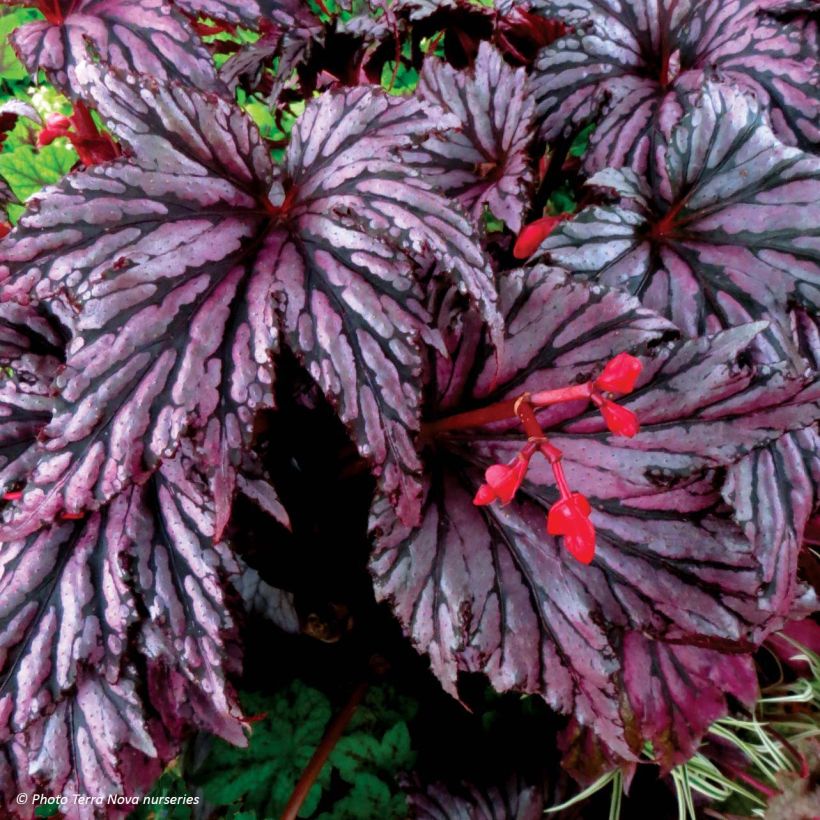



Floraison
Feuillage
Port
Botanique
Begonia
Garden Angel Plum
Bégoniaceae
Bégonia hybride
Horticole
Autres Vivaces de A à Z
Plantations et soins
Le Bégonia Garden Angel Plum se plante au printemps ou en automne. On le place dans un sol humifère, fertile, léger, frais mais pas détrempé, à mi-ombre ou même à l'ombre. Choisissez des contenants de grande taille, et respectez un espacement de 50 cm au minimum en massif. La plante a besoin de chaleur pour bien se développer et se montre tolérante aux gelées, en situation abritée et moyennant une bonne protection hivernale sur la souche. Elle redémarre tard au printemps, pas avant la fin du mois d'avril, voire en mai. En pot, faites un arrosage modéré et un apport d'engrais régulier pour soutenir la croissance. Prenez garde aux escargots et limaces qui adorent dévorer les jeunes plants, ainsi qu'à l'humidité stagnante au niveau du feuillage (cela favorise l'apparition de tâches foliaires) comme au niveau des racines. En sol trop humides ou insuffisamment drainé, ce bégonia peut être victime de la pourriture du collet.
Quand planter ?
Pour quel endroit ?
Soins
Nos conseils plantation et soins
Comment planter les vivaces ?
notre spécialiste
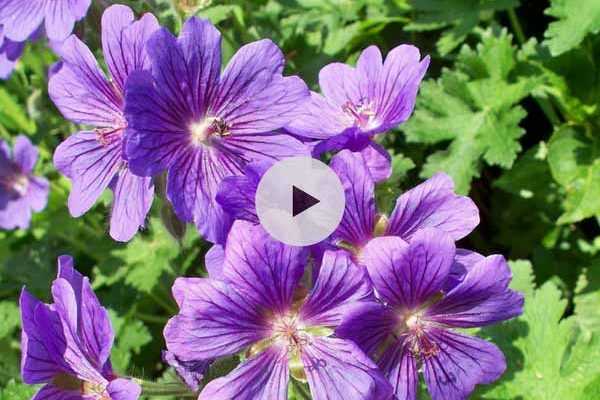
Vivaces d'ombre
Vous n'avez pas trouvé votre bonheur ?
La rusticité est la température hivernale la plus basse qu'une plante puisse endurer sans subir de dommages sérieux, voire mourir. Cette rusticité est toutefois affectée par l'emplacement (zone abritée, comme un patio), les protections (voile d'hivernage) et le type de terre (la rusticité est améliorée par un sol bien drainé).

Conditions Générales d'Utilisation du Service Photos Client
Dans le but de favoriser l’interaction et le partage d'expériences entre jardiniers, Promesse de fleurs propose différents services permettant le dépôt de contenus sur son Site – via notamment le module « Partage de photos».
L’Utilisateur s’interdit de:
- Publier tout contenu illégal, préjudiciable, injurieux, raciste, incitant à la haine, révisionniste, contraire aux bonnes mœurs, portant atteinte à la vie privée ou portant atteinte aux droits privatifs de tiers, notamment le droit à l’image des personnes et des biens, le droit de propriété intellectuelle ou le droit au respect de la vie privée
- Déposer des contenus pour le compte d’un tiers
- Usurper l’identité d’un tiers et/ou publier toute information personnelle d’un tiers
D'une manière générale, l’Utilisateur s’engage à s’abstenir de tout comportement contraire à l’éthique
L’ensemble des Contenus (notamment textes, commentaires, fichiers, images, photos, vidéos, œuvres, etc… ), éventuellement soumis à des droits de propriété, propriété intellectuelle, droit à l’image ou autre droit privatif restent la propriété de l’Utilisateur, sous réserve des droits limités accordés par la licence définie ci-dessous à Promesse de fleurs. Les Utilisateurs sont libres de publier ou non de tels Contenus sur le Site via notamment le service « Partage de photos » et acceptent que ces Contenus deviennent publics et librement accessibles notamment sur Internet.
Ils reconnaissent, s’engagent et garantissent disposer de l’ensemble des droits et autorisations nécessaires pour une telle publication sur le Site, notamment au titre de la législation en vigueur et des droits au respect de la vie privée, de propriété, de la propriété intellectuelle, à l’image, des contrats ou de toute autre nature. Par une telle publication sur le Site, les Utilisateurs ont conscience d'engager leur responsabilité en tant qu'éditeur du Contenu au sens de la loi, et accordent sur le dit Contenu, pour toute la durée de publication, à Promesse de fleurs, une licence non exclusive, gratuite, mondiale, incluant les droits de reproduction, de représentation, de chargement, d’affichage, d’exécution, de transmission, de stockage.
Les Utilisateurs autorisent également que leur nom puisse être associé au Contenu et acceptent que cette association ne soit pas toujours faite.
Par leur publication, les Utilisateurs autorisent qu'un Contenu puisse devenir automatiquement accessible sur internet, notamment sur d'autres sites et/ou blogs et/ou pages web du site Promesse de fleurs incluant notamment les pages des réseaux sociaux et le catalogue de Promesse de fleurs.
Les utilisateurs peuvent librement obtenir le retait des contenus confiés, en contactant le service client via le formulaire de contact


































